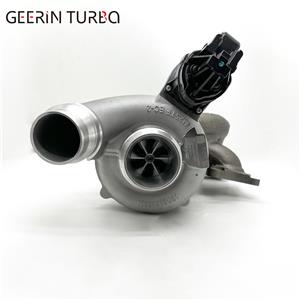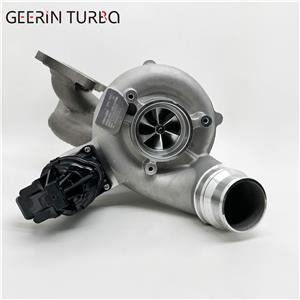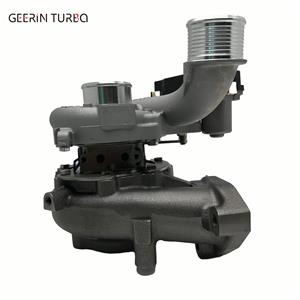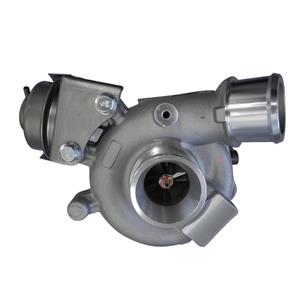Turbochargers subject to economizer pressure
Turbochargers subject to economizer pressure
For years, turbochargers were only found on expensive sports cars and diesel-powered engines, but emissions regulations have changed the way the industry looks at forced induction. While the pursuit of improved performance remains at the core, manufacturers are now focusing on restoring performance and drivability to reduce fuel cuts. So in the 21st century, pretty much everything from the tiny 999-cubic-meter Ford Ecoboost to the latest Ferrari gets shiny new turbo tech.
But almost as soon as the tech enters its own state, it appears to be superfluous, upgraded by the new eCharger. Audi has already applied it to the series SQ7 and will roll out the technology to future production vehicles as the 48 Volt electrification gains traction.
The key advantage of an electrically driven supercharger is that, like a turbo, there are no parasitic losses; but unlike most turbos, there is no turbo lag and no wastegate. The powerful electric motor can wind up the impeller to 70,000 rpm in less than a second, which eliminates turbo lag.
This naturally improves drivability and reduces consumption and emissions by 7 to 20 percent when the device is used on a vehicle equipped with regenerative braking, which captures the car's kinetic energy and converts it into electricity.
Stress is the key to unlocking eCharger performance
Electronically controlled, the eCharger can be mapped to optimize engine performance while maximizing energy recovery from exhaust gases, but to achieve this utopia, engineers need to create the boost map and speed required by the engine by measuring manifold pressure at various engine loads. This can only be done with the help of top-of-the-line pressure sensors.
As with any super/turbo, it is important that the unit matches the requirements of the engine: failure to do so will either overpower the engine or cause unnecessary power consumption.
As a mature technology, there isn't much research and test data available for engineers looking to explore the boundaries of electric superchargers. While fluid dynamics and electrical engineering can provide a good foundation, it is crucial that the theory employed is validated under real-world test conditions.
To determine performance, once the benchmark eCharger is selected, the vehicle is equipped with very accurate pressure sensors that are easily calibrated and provide accurate readings over a wide range of manifold boost pressures and temperatures. These sensors must also be resistant to vibration and chemical degradation.
During engine dynamometer as well as road tests, throttle position/engine speed/manifold air pressure and temperature are continuously recorded to determine the correlation of these key inputs.
From this information, engineers are able to verify that the correct eCharger configuration has been selected, while ensuring that the closed-loop engine management control responds properly to key variables.
The result of acquiring this right provides a vehicle, like the SQ7, that has amazing performance, driveability and fuel consumption, while still meeting future global emissions regulations.




